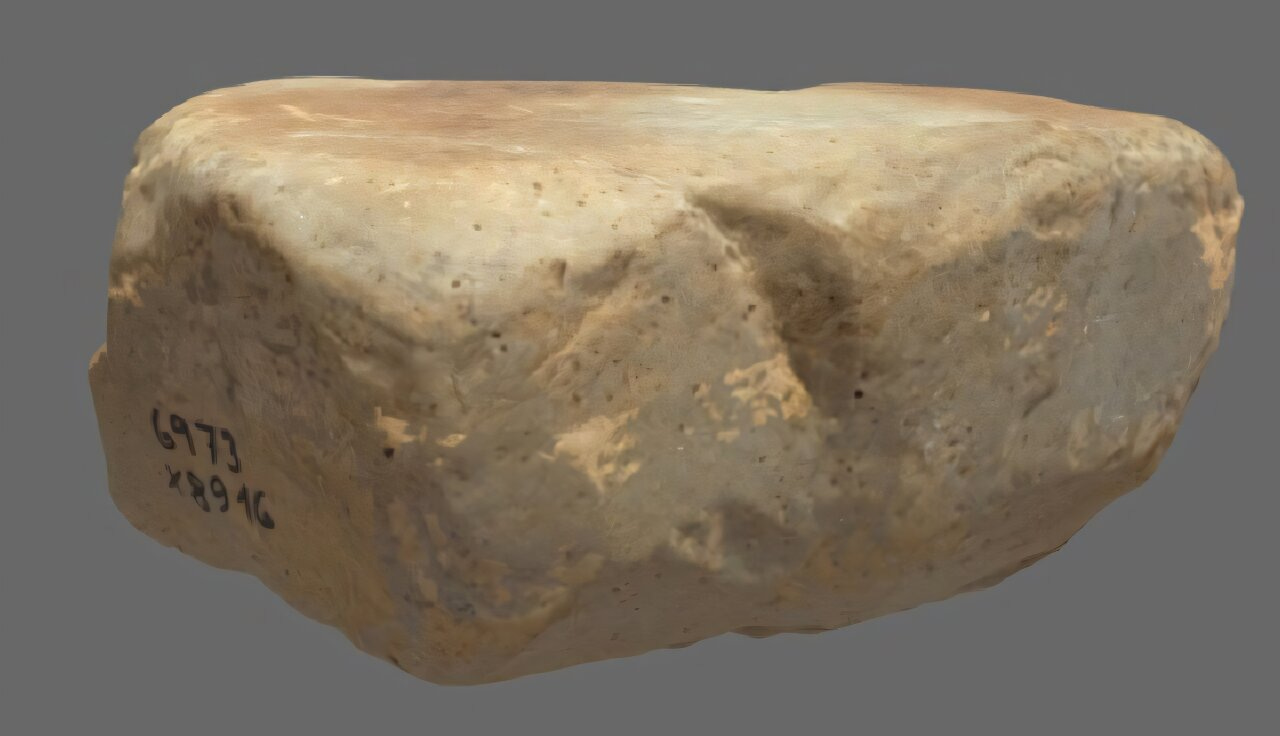Early Neolithic Diet in Scandinavia: Evidence from Frydenlund
Rethinking the Role of Grinding Stones
At the Early Neolithic site of Frydenlund, Denmark, archaeologists have unearthed clues that challenge traditional assumptions about how ancient farmers used grains. Despite uncovering grinding stones and over 5,000 charred cereal grains—barley, emmer wheat, and durum wheat—researchers have determined these tools were not employed to grind grain for bread. Instead, evidence points to a diet that included porridge or gruel, alongside foraged plants, nuts, berries, roots, and meat.

“We found no signs of cereal grinding on the stones,” says archaeobotanist Dr. Welmoed Out from Moesgaard Museum. “Instead, the starch grains came from wild plants, suggesting other uses for these tools.”
This finding highlights a nuanced picture of how early farmers in Scandinavia interacted with their environment and resources during the Funnel Beaker Culture, which flourished from 4000 to 2800 BCE.

